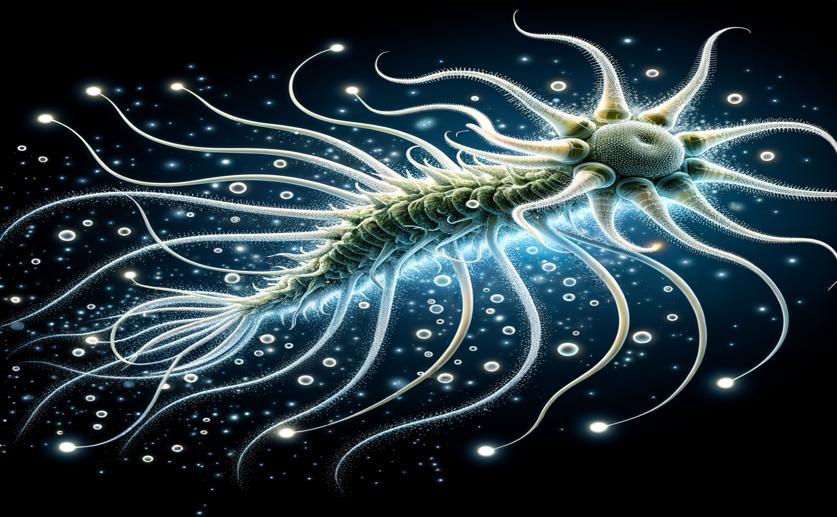
New Tech Reveals Unique Germ-Fighting Peptides in Hydra
Greg Howard
20th March, 2024

Image Source: Natural Science News, 2024
Key Findings
- In a study at Christian-Albrechts University of Kiel, Hydra was found to use diverse immune peptides to manage its microbiome
- Hydra's immune peptides are produced in specific body layers, targeting different microbes
- Neuron-derived peptides in Hydra's outer layer are highly selective, protecting symbiotic bacteria
References
Main Study
1) Novel technologies uncover novel 'anti'-microbial peptides in Hydra shaping the species-specific microbiome.
Published 18th March, 2024
https://doi.org/10.1098/rstb.2023.0058
Related Studies
2) A new lexicon in the age of microbiome research.
3) Accelerating the Discovery and Design of Antimicrobial Peptides with Artificial Intelligence.
4) Ecology-relevant bacteria drive the evolution of host antimicrobial peptides in Drosophila.



 11th March, 2024 | Jenn Hoskins
11th March, 2024 | Jenn Hoskins